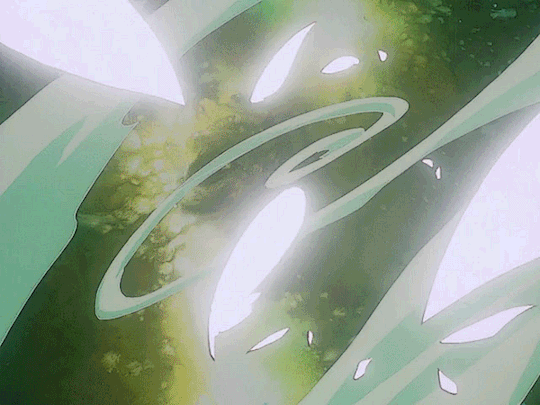Photo






Read or Die - Episode 1 Batch 1
The Read or Die OVA was one of the earliest anime I remember seeing and LOVING. Yomiko and Nancy were two of my first ships before shipping was a thing. LOL. Paper Use remains one of THE BEST skills EVER created in anime. I made these because I found a nicely re-encoded copy of the OVA. Great anime. Still one of the best.
15 notes
·
View notes
Text



Enbaru River, Yamagata City, Japan // 癒しの自然風景 ♡
43K notes
·
View notes
Text

Paint me an absence, a silhouette of rain
When others take shelter, I take on shape
This invisible life in negative space
Shortens the fall that water must make
20K notes
·
View notes
Note
what do you think of the aesthetic of these games and associated media





is that jerobeam fenderson the oscilloscope guy. and also YESSS I LOVE LIKE LINES AND STUFF
5 notes
·
View notes
Text
I zoned out and thought about that 3D CGI Zim floating completely motionless through space in the Planet Jackers episode and started cackling at 12 am
(I could only add this from my iPad and not in a reblog, but manually editing it in)
494 notes
·
View notes















